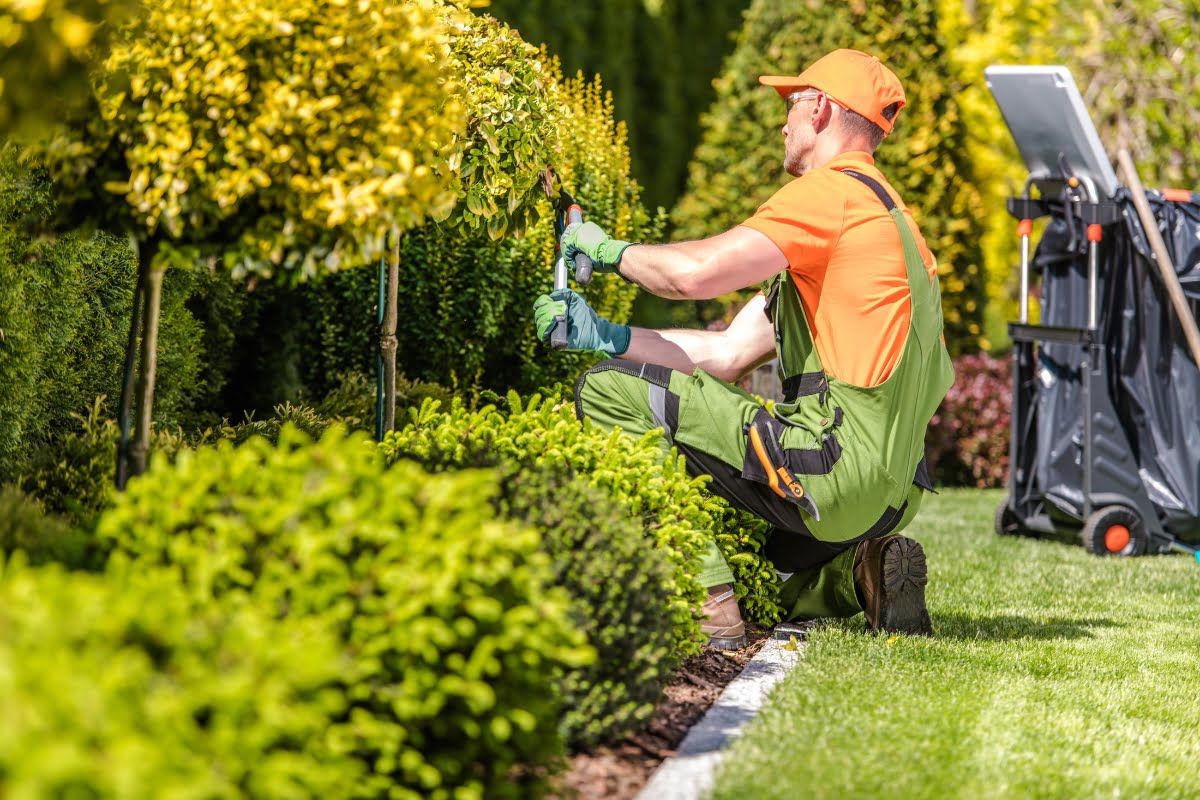As urbanization continues to encroach upon natural habitats, creating wildlife-friendly landscapes in our own yards has become increasingly important for preserving biodiversity and supporting local ecosystems. Wildlife-friendly landscaping goes beyond mere aesthetics; it’s about designing outdoor spaces that provide habitat, food, and shelter for native flora and fauna.
In this guide, we’ll explore the principles and practices of wildlife-friendly landscaping, offering homeowners practical tips and innovative ideas to transform their yards into havens for nature.
From selecting native plants and incorporating water features to creating wildlife corridors and minimizing chemical use, get ready to embark on a journey of conservation and stewardship as we uncover the secrets to creating a thriving ecosystem right outside your door.
Nature at Your Doorstep: Unleash the Beauty of Wildlife-Friendly Landscaping
Choosing Native Plants to Support Local Wildlife
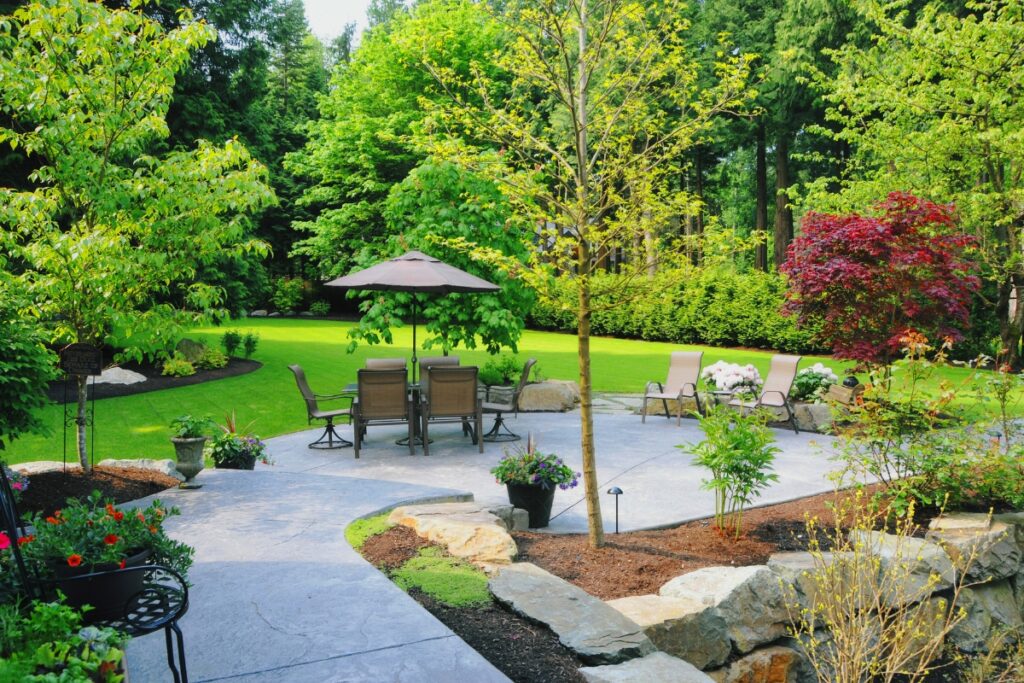
When it comes to wildlife-friendly landscaping, one of the most crucial decisions you can make is selecting native plants. Native plants are those that naturally occur in your region and have evolved alongside local wildlife over centuries. By incorporating these plants into your yard, you provide a familiar and reliable food source for birds, butterflies, bees, and other pollinators.
Native plants are adapted to the local climate and soil conditions, making them hardy and resilient. They require less water, fertilizer, and pesticides compared to non-native species, reducing the environmental impact of your garden. Additionally, native plants often have deep root systems that help prevent soil erosion and improve water infiltration.
When choosing native plants for your wildlife-friendly landscape, consider their bloom times to ensure a continuous supply of nectar throughout the seasons. This will attract a diverse range of pollinators and provide them with sustenance year-round. Research which species are best suited for your area and create a vibrant tapestry of colors and textures that will delight both you and the local wildlife.
Importance of Providing Water Sources for Wildlife
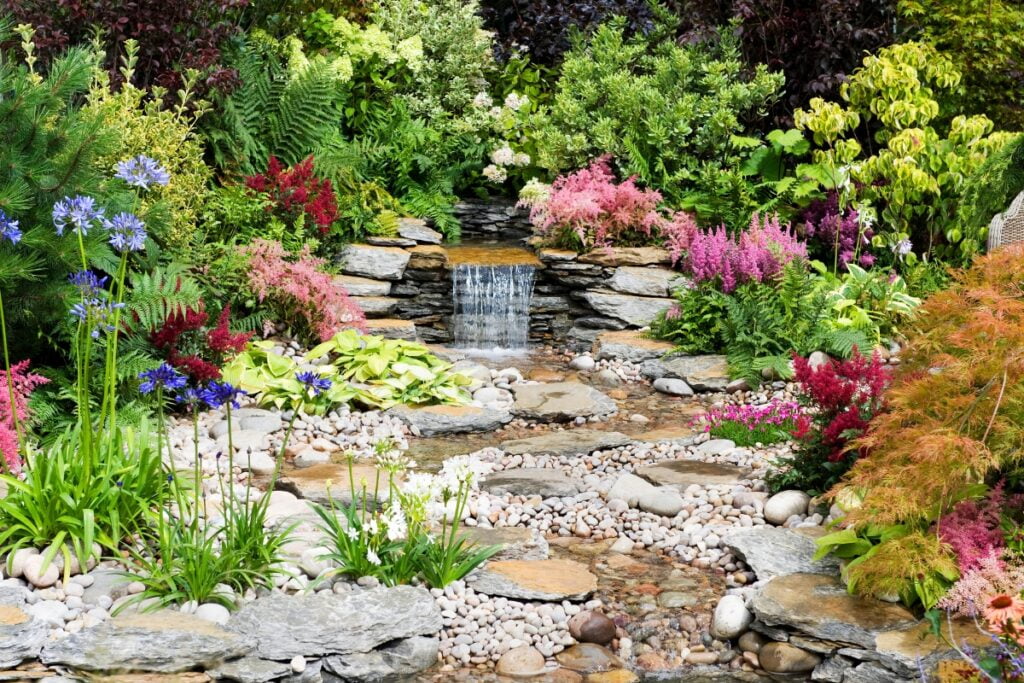
In any wildlife-friendly landscape, water is an essential element that sustains life. By incorporating water sources into your yard, you create an oasis for birds, butterflies, mammals, and amphibians. A simple birdbath or shallow dish filled with clean water can attract a myriad of species seeking hydration or a place to bathe.
To make your water source even more enticing to wildlife, consider adding features such as rocks or pebbles for perching or small islands where animals can rest. Be sure to change the water regularly to prevent stagnation and mosquito breeding.
If space allows, consider installing a small pond or naturalistic water feature that mimics the habitats found in the wild. These larger water sources can support a wider range of wildlife, including frogs, dragonflies, and even fish. Just be sure to research the specific requirements and maintenance needed for such features.
Creating Shelter and Nesting Spaces for Birds and Small Animals
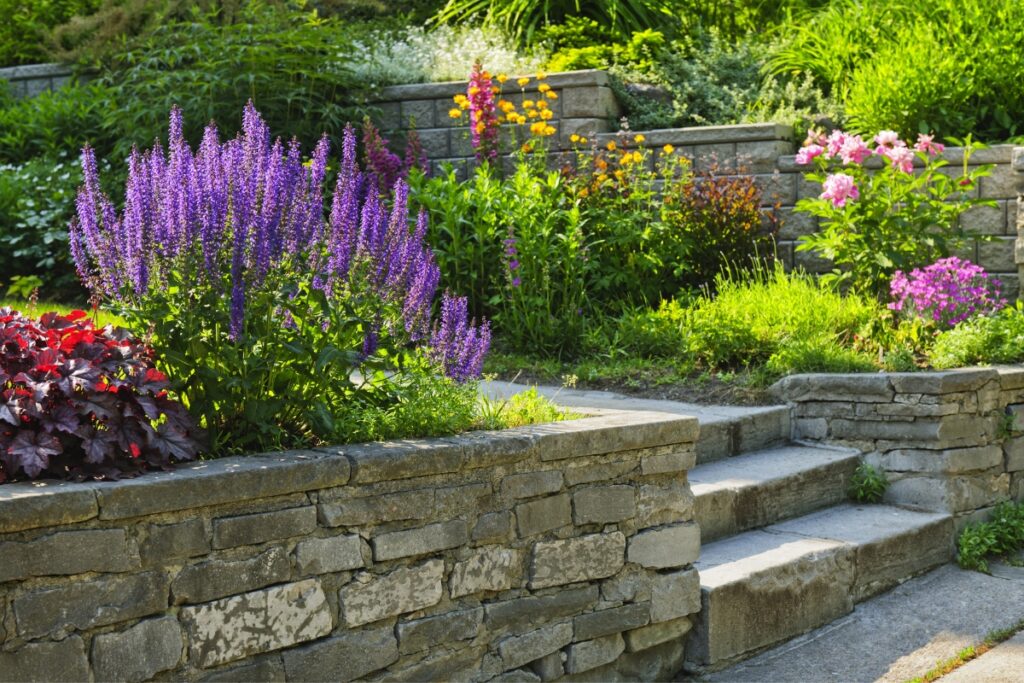
A wildlife-friendly landscape is not only about providing food and water but also creating suitable shelter and nesting spaces for birds and small animals. By incorporating native trees, shrubs, and dense vegetation into your yard, you offer protection from predators, harsh weather conditions, and provide safe havens for nesting.
Consider planting trees with different heights to create a layered effect that mimics natural forest ecosystems. This will attract a greater variety of bird species that prefer different levels of the canopy. Dead trees or snags can also be left standing as they provide valuable nesting sites for cavity-nesting birds like woodpeckers and owls.
In addition to trees, consider adding brush piles or rock piles that offer hiding places for small mammals like rabbits or chipmunks. These features not only provide shelter but also create opportunities for natural behaviors such as burrowing or hibernation.
Implementing Sustainable Gardening Practices for Ecosystem Health
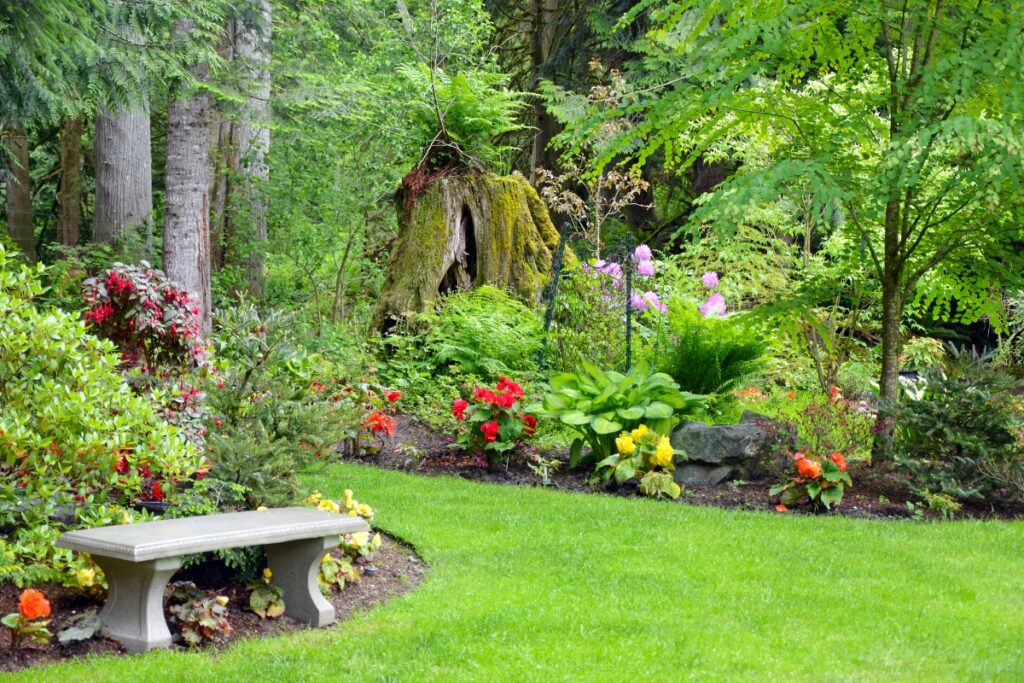
When practicing wildlife-friendly landscaping, it is essential to adopt sustainable gardening practices that promote ecosystem health. Avoid using chemical pesticides or herbicides that can harm beneficial insects and disrupt the delicate balance of your garden ecosystem.
Instead, embrace organic gardening methods such as companion planting to naturally deter pests or attract beneficial insects. For example, planting marigolds alongside vegetables can repel harmful nematodes while attracting pollinators like bees.
Mulching is another sustainable practice that helps retain moisture in the soil while suppressing weeds. Organic mulches like wood chips or straw break down over time, enriching the soil and providing habitat for beneficial organisms.
Furthermore, consider composting your kitchen scraps and yard waste to create nutrient-rich soil amendments. This reduces waste sent to landfills and provides a sustainable source of organic matter for your garden.
Attracting Butterflies, Bees, and Other Pollinators to Your Yard
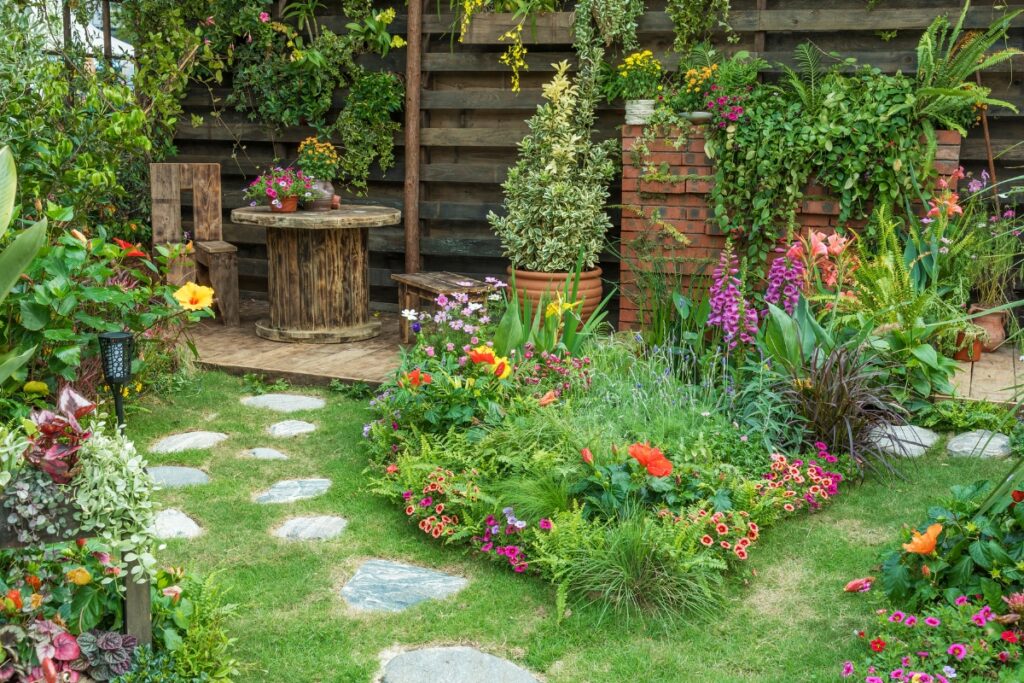
Pollinators play a vital role in our ecosystems by facilitating the reproduction of flowering plants. By attracting butterflies, bees, and other pollinators to your yard, you not only enhance the beauty of your landscape but also contribute to the overall health of local ecosystems.
To attract pollinators, incorporate a variety of flowering plants with different shapes, colors, and bloom times. This diversity will appeal to a wide range of pollinator species with varying preferences. Native wildflowers such as coneflowers, milkweed, and bee balm are particularly attractive to butterflies and bees.
Provide sheltered areas like rock piles or dense vegetation where butterflies can rest or seek refuge during inclement weather. Additionally, consider planting host plants that serve as food sources for butterfly larvae. For example, milkweed is essential for monarch butterfly caterpillars.
Avoid using pesticides on your flowering plants as they can be harmful or even lethal to pollinators. Instead, embrace natural pest control methods like hand-picking pests or introducing beneficial insects that prey on garden pests.
Incorporating Bird-Friendly Features in Your Landscape Design
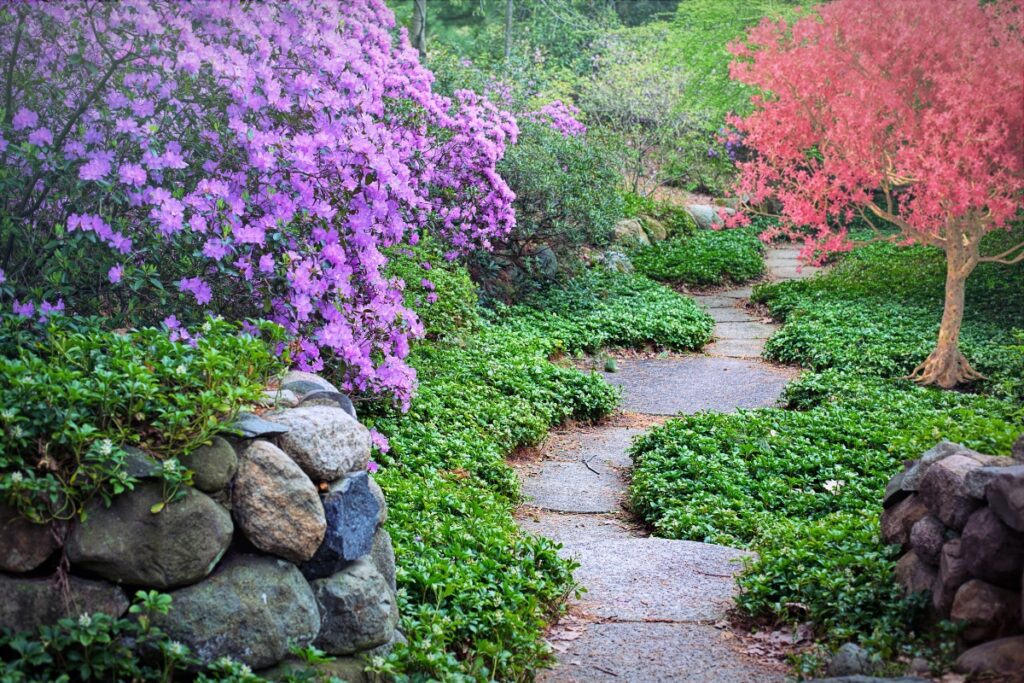
Birds are not only beautiful creatures but also valuable allies in controlling insect populations and spreading seeds. By incorporating bird-friendly features into your landscape design, you can attract a diverse array of avian species while enjoying their melodious songs and graceful flights.
One essential feature is providing bird feeders filled with appropriate seed mixes. Different bird species have different dietary preferences, so offering a variety of seeds will attract a greater diversity of birds. Ensure the feeders are placed in safe locations away from potential predators.
Another way to attract birds is by planting fruit-bearing trees or shrubs that provide a natural food source. Species like serviceberry, elderberry, or holly are popular choices that offer both nourishment and visual appeal.
Consider adding nesting boxes or birdhouses to your yard, designed specifically for different bird species. Research the requirements for each species and position the boxes at appropriate heights and orientations to maximize their chances of being occupied.
Balancing Aesthetic Appeal with Wildlife-Friendly Elements

Creating a wildlife-friendly landscape doesn’t mean sacrificing aesthetic appeal. In fact, it can enhance the beauty and charm of your yard by incorporating elements that blend seamlessly with nature.
When designing your landscape, consider incorporating native plants with attractive foliage or vibrant blooms that complement your desired aesthetic. Native grasses, ferns, or flowering perennials can add texture and visual interest while providing valuable habitat for wildlife.
Integrate hardscape features such as paths, seating areas, or decorative structures made from natural materials like stone or wood. These elements can create focal points in your garden while harmonizing with the surrounding environment.
Remember to plan for year-round interest by selecting plants that offer seasonal changes in color or texture. This ensures that your wildlife-friendly landscape remains visually appealing even during winter months when some plants may be dormant.
Maintaining a Low-Impact Approach to Yard Maintenance
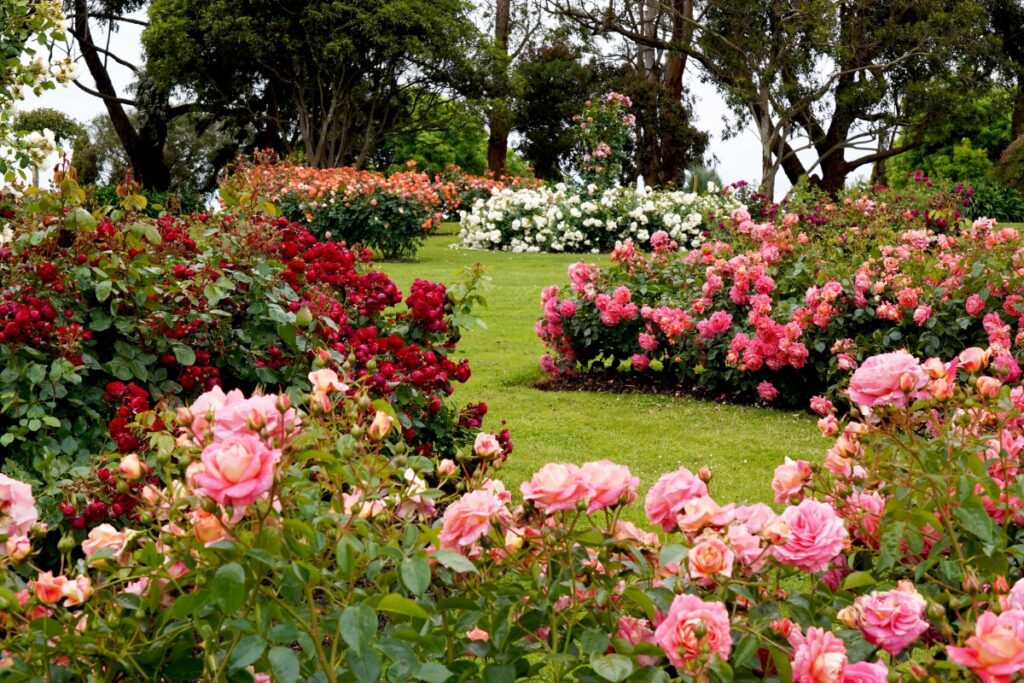
A key aspect of wildlife-friendly landscaping is adopting a low-impact approach to yard maintenance. By minimizing the use of power tools and chemical inputs, you reduce noise pollution, air pollution, and the risk of contaminating water sources.
Instead of using gas-powered mowers or trimmers, consider using manual or electric alternatives. Not only are they quieter and more environmentally friendly, but they also provide a more tranquil experience while working in your yard.
Practice proper pruning techniques to maintain the health and shape of your plants. Regularly inspect them for signs of disease or pest infestation and take appropriate action if necessary. Removing dead or diseased branches not only improves the appearance of your landscape but also prevents the spread of pathogens.
When it comes to weed control, opt for manual removal or mulching instead of chemical herbicides. Hand-pulling weeds is not only effective but also allows you to connect with your garden on a more intimate level.
Educating and Inspiring Others to Embrace Wildlife-Friendly Landscaping
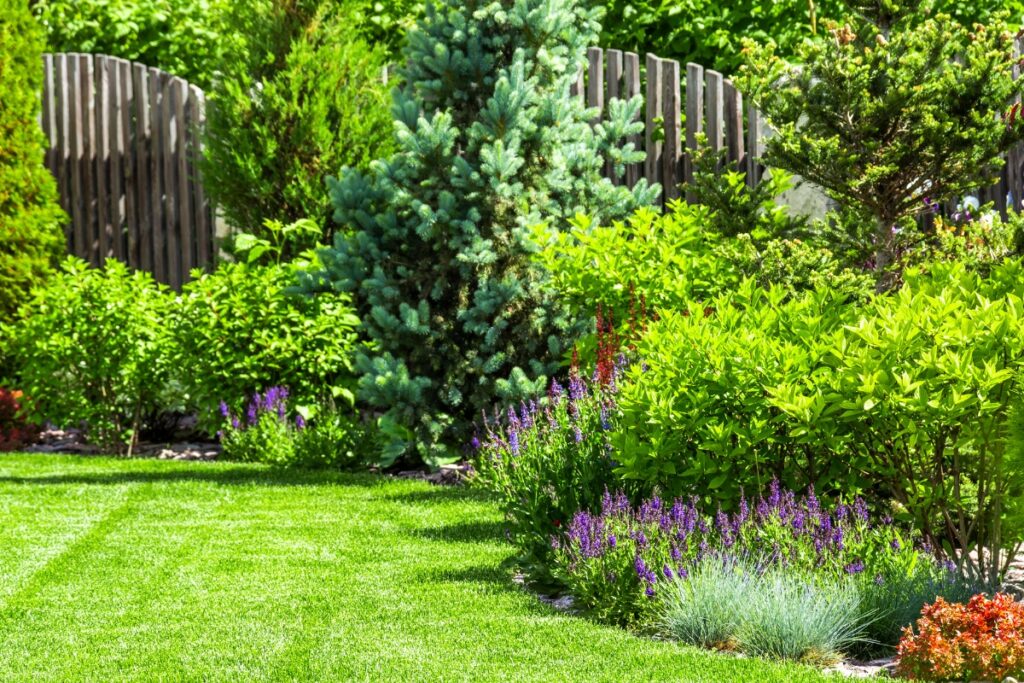
The journey towards wildlife-friendly landscaping doesn’t end within the boundaries of your own yard. As you witness the transformation and beauty that unfolds before your eyes, share your knowledge and experiences with others to inspire them to embrace this sustainable approach.
Host workshops or garden tours where you can showcase the wonders of wildlife-friendly landscaping. Share tips on plant selection, habitat creation, and sustainable gardening practices that benefit both humans and nature.
Engage with local schools or community organizations to promote awareness about the importance of wildlife conservation. Encourage them to incorporate wildlife-friendly elements into their own landscapes or establish community gardens that serve as havens for local flora and fauna.
Utilize social media platforms or start a blog where you can document your journey towards creating a wildlife-friendly landscape. Share photos, stories, and practical advice that inspire others to follow in your footsteps.
Conclusion: Embracing the Beauty and Benefits of a Wildlife-Friendly Yard
As you embark on the path of wildlife-friendly landscaping, remember that every choice you make has the power to shape a more sustainable and harmonious world. Embrace the enchantment of a wildlife-friendly yard and witness firsthand how it transforms not only your outdoor space but also your connection with nature.
Transform your yard into a sanctuary for wildlife with Glover Landscapes. Our team specializes in creating landscapes that not only beautify your outdoor space but also provide a haven for nature. Contact us at (404) 510-6437 or fill out a request for an estimate to learn more about how we can help you create a wildlife-friendly landscape that you and your local ecosystem will love.
